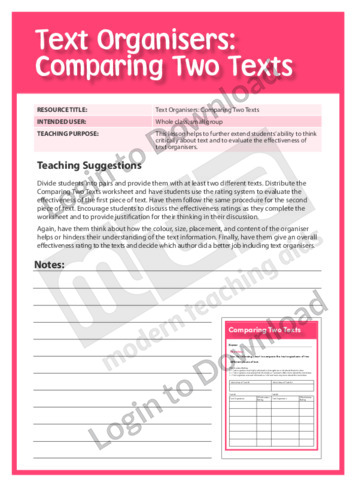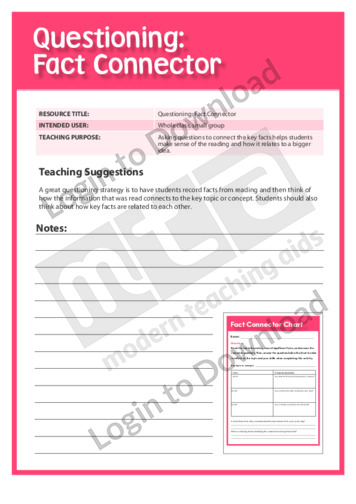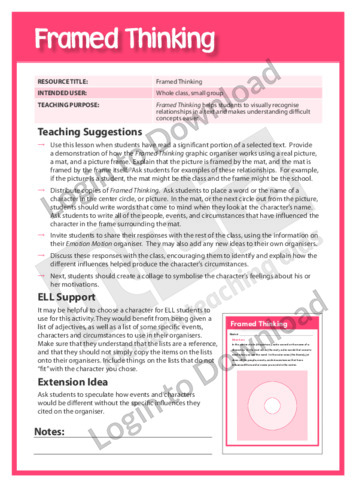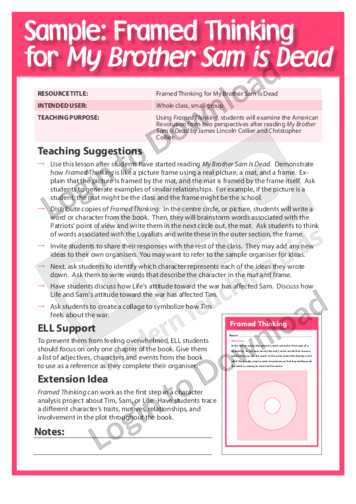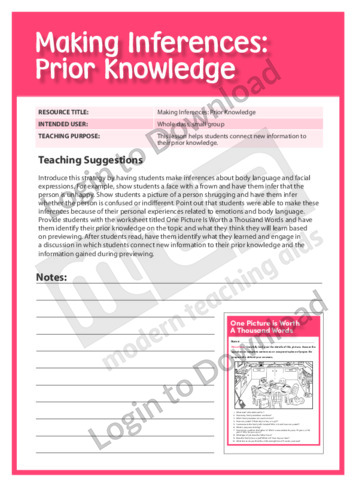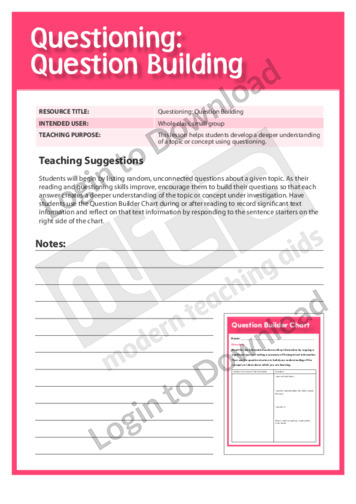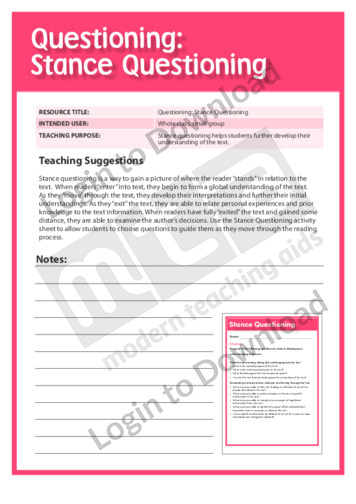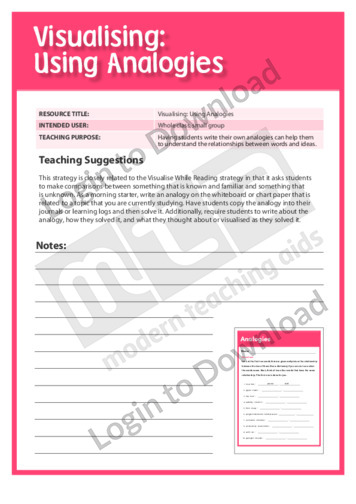This content area reading learning activity, ‘Comparing Two Texts,’ helps to further extend students’ ability to think critically about text. It is aimed at teaching students how to evaluate the effectiveness of text organisers by thinking about how the colour, size, placement and content of the organiser helps or hinders their understanding of the text …More
This content area reading learning activity, ‘Fact Connector,’ helps students make sense of the reading and how it relates to a bigger idea. It has students record facts from reading and then think of how the information that was read connects to the key topic or concept.
This graphic organiser, ‘Framed Thinking’ helps students to visually recognise relationships in a text and makes understanding difficult concepts easier.
This graphic organiser, ‘Framed Thinking for My Brother Sam Is Dead’ asks students examine the American Revolution from two perspectives after reading My Brother Sam Is Dead by James Lincoln Collier and Christopher Collier.
This content area reading learning activity, ‘Prior Knowledge,’ helps students connect new information to their prior knowledge. It has students identify their prior knowledge on the topic they will be reading about and what they think they will learn based on previewing.
This content area reading learning activity, ‘Question Building,’ helps students develop a deeper understanding of a topic or concept. It has students record significant text information and reflect on that text information by responding to the sentence starters.
This content area reading learning activity, ‘Using Analogies,’ helps students understand the relationships between words and ideas. It encourages students to make comparisons between something that is known and familiar and something that is unknown.
It�s that easy!

